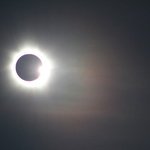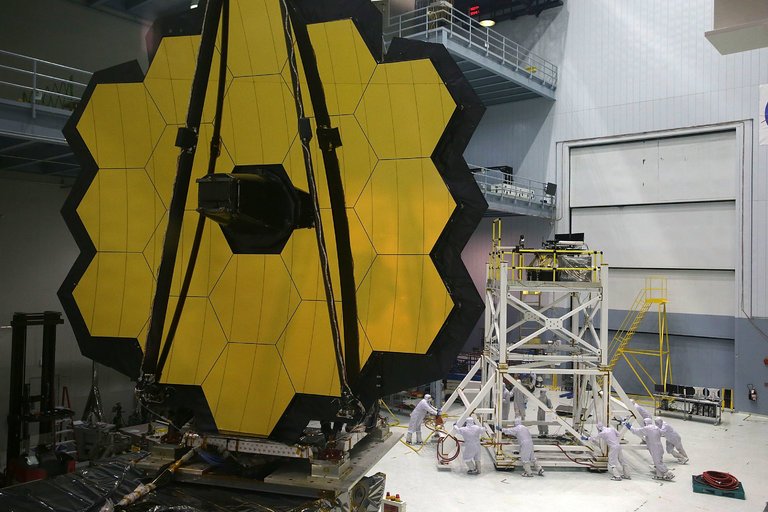NASA’s Webb Telescope Faces More Setbacks
America’s next big space telescope has been delayed at least a year to May 2020, NASA said on Tuesday, throwing the nation’s plan and budget for space astrophysics into potential turmoil.
It now seems likely the cost of the James Webb Space Telescope, the agency’s long-planned successor to the Hubble Space Telescope, will exceed an $8 billion limit that was imposed by Congress, meaning that the project will have to be reauthorized and other NASA missions could be jeopardized.
NASA is beefing up management overview of the program and has appointed an independent review board, chaired by Thomas Young, a former agency manager and a retired aerospace executive. The board is expected to report later this summer what exactly needs to be done and how much it will cost.
The Webb telescope is a collaboration between NASA and the European Space Agency, “the largest international space science project in U.S. history,” in the words of NASA’s acting administrator Robert Lightfoot, who is retiring at the end of next month.

NASA had most recently scheduled the launch of the telescope from E.S.A.’s site in French Guiana in the spring of 2019. Only a year-and-a half ago, NASA proudly showed off the telescope to reporters at the Goddard Space Flight Center in Maryland, saying it was on track after a decade of troubles and cost overruns that had put it on the verge of being canceled in 2011. At the time Nature magazine called it the telescope that “ate astronomy.”
Advertisement
Continue reading the main story
But that was before the telescope and its spacecraft were finally assembled and underwent testing at Northrop Grumman Aerospace Systems in Redondo Beach, Calif. There, unexpected problems arose, Thomas Zurbuchen, the agency’s associate administrator for science, said in a telephone news conference Tuesday.
Continue reading the main story
Advertisement
Continue reading the main story
“A few mistakes happened,” he said. Among other things, a tennis-court sized sun shield — made of five thin layers of a material called kapton and designed to protect the telescope from outside heat — ripped during a practice deployment. And cables designed to keep the sun shield taut had too much slack and could have snagged during the real unfurling in space, a million miles from help.
The Webb telescope is designed to measure infrared, or “heat” radiation from the earliest stars and galaxies in the universe and from exoplanets. The sunshield is needed to keep the telescope cool, but it is too big to fit inside the Ariane rocket that will launch the telescope. Folded like origami, it was supposed to open once the Webb was launched into its final perch, out beyond the moon, a process that NASA engineers called “six months of high anxiety.”
Continue reading the main story
Sync your calendar with the solar system
Never miss an eclipse, a meteor shower, a rocket launch or any other astronomical and space event that's out of this world.

March 20 Vernal equinox
March 31 Deadline for the Google Lunar X Prize
April 1 NASA could launch the GRACE FO satellite
By Michael Roston. Produced by Britt Binler and Gray Beltran. Video by NASA, ESA, and G. Bacon (STScI).






























